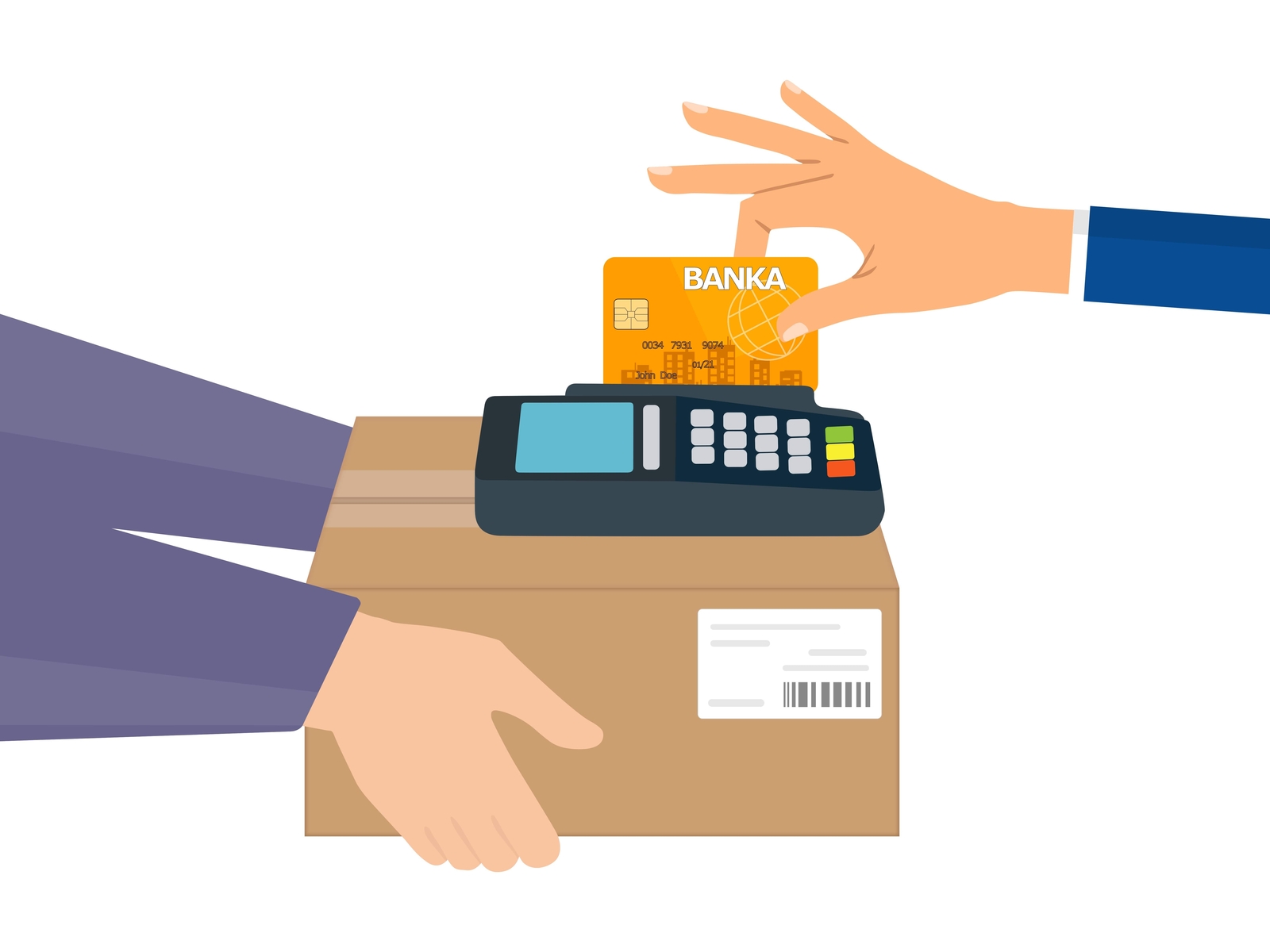Credit card machines are responsible for scanning and authenticating credit cards, then transmitting data to the processing software. They can connect to the Internet via ethernet, WiFi, dial-up or cellular data connection. These devices can also generate payment confirmations and receipts. They can also void transactions, ensuring that customers aren’t charged for items they don’t return or cancel. Chip-and-Pin During Chip-and-Pin transactions, your customers insert the end of their card into a slot on a payment terminal and either enter a four-digit PIN or sign a printed receipt. This type of transaction complies with an EMV standard created by Europay, MasterCard and Visa (EMV). The computer chip inside a Chip-and-Pin card functions like a mini-computer. It uses cryptography to protect secure data when communicating with a credit card reader, and it also authenticates the identity of the cardholder during the transaction. After massive data breaches at Target and Home Depot exposed the credit card information of 40 million Americans and the names and addresses of 70 million more, EMV technology became the industry standard for reducing fraud. In addition to improving security, merchants who adopt the system benefit from reduced chargebacks and other losses associated with fraud. However, the implementation process isn’t without its challenges. Magstripe When the magstripe first came onto the scene, it was hailed as one of the most important technology inventions in recent decades. Its three tracks contain information encoded to meet ISO standards. The design of the stripe also includes a level of redundancy: if a track is compromised, another may be read, allowing the card to be used again. Unfortunately, modern thieves have found ways to read these tracks using devices called skimmers. When a card is swiped through a magstripe reader, the embedded data interacts with point-of-sale (POS) machines, data networks, and transaction-processing computers to authorize the sale. The credit card machine then generates a payment confirmation and a receipt for the customer. In addition to this, credit card machines can perform batch settlements at the end of a business day to deposit funds into a merchant account. They can also void transactions, which prevents the customer from being charged. These capabilities are critical for businesses to reconcile daily sales. NFC NFC is a wireless technology that transmits data between technologies, like smartphones and credit card machines. This system is quick, convenient and more secure than traditional payment methods. NFC can speed up your checkout process by several seconds. In a busy retail environment, that can make a huge difference. Consider that four customers paying with EMV chips can take up to a minute for total transaction processing, and 12 contactless NFC payments can be processed in that same time. While it is possible for fraudsters to “eavesdrop” on NFC transactions, this is not as common as you might think. This is because NFC transactions require proximity and use encrypted channels to communicate, so hackers can’t easily intercept the data. Additionally, most NFC devices have facial identification and multi-factor authentication to allow only authorised users to use them. This prevents fraudsters from stealing customers’ information and using it to commit fraudulent charges. This also helps reduce contactless chargebacks, a significant source of revenue loss for merchants. Card-Not-Present Card-not-present (CNP) transactions occur when a card isn’t physically present at the time of checkout, like in e-commerce and phone orders. This can include a customer handing their card to an artisan at a craft show who makes a manual imprint and processes the payment, or it may involve someone ordering an item on a website and entering their credit card information manually into a form. CNP transactions can be riskier for merchants, particularly in e-commerce, so they generally incur higher interchange fees and processing rates than card-present payments. This is because criminals can more easily steal the cardholder’s name, address, three-digit CVV security code and card expiration date by hacking a merchant’s system or stealing a paper copy from an employee. This makes it important for e-commerce businesses to invest in high-level security protocols such as 3D Secure to help reduce fraud and protect their bottom lines. It also helps to ensure that your payment gateway is PCI compliant.

